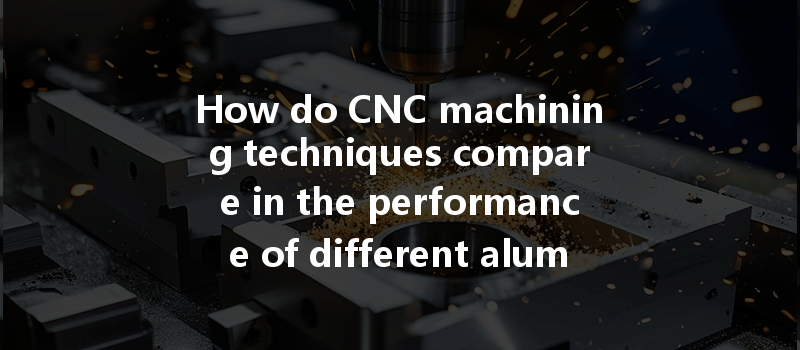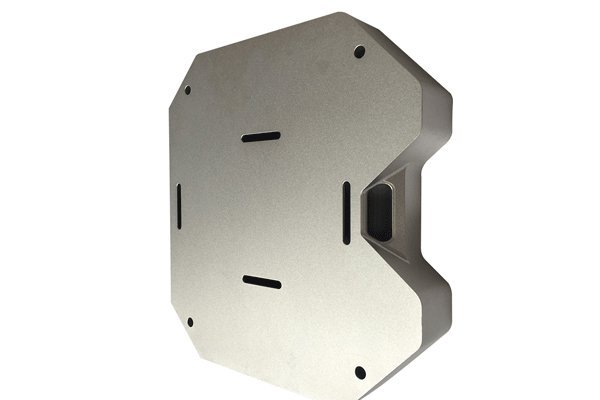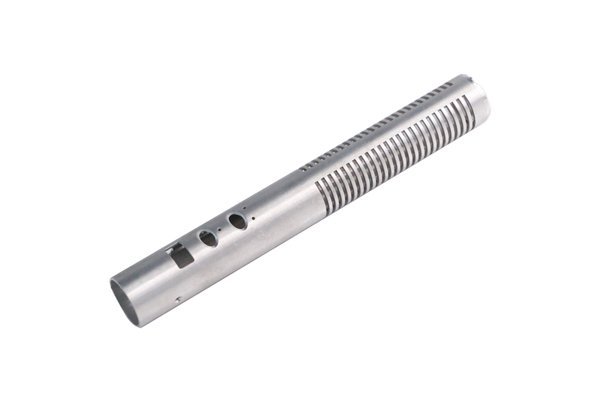Opening
Did you know that aluminum is the second most widely used metal after steel? It’s lightweight, resistant to corrosion, and easily machined into precise shapes, making it a favorite across many industries. However, the performance of aluminum alloys in CNC machining varies significantly based on their specific composition and the techniques used. This blog seeks to explore these differences, diving deep into how various CNC machining techniques impact the performance of different aluminum alloy materials.
Content
Understanding Aluminum Alloys
Before we delve into the CNC machining techniques, it’s essential to understand what aluminum alloys are. Aluminum alloys fall into two main categories: wrought and cast. Wrought alloys are subjected to various processes to shape them while maintaining their grain structure, enhancing mechanical properties. Cast alloys, on the other hand, are formed by pouring molten metal into molds. Each category is tailored to specific applications, benefiting from unique machining properties.
Aluminum alloys are further classified by their alloying elements, such as copper, magnesium, manganese, silicon, zinc, and lithium, which impart different characteristics:
Differences in CNC Machining Techniques
CNC (Computer Numerical Control) machining techniques vary widely, and they can significantly impact the performance of different aluminum alloys. Here are some of the most common CNC machining methods and how they fare with various aluminum alloys:
Overview:
CNC milling involves rotating a cutting tool that removes material from a stationary workpiece. It is highly versatile and is used for producing complex geometric shapes.
Aluminum Alloy Performance:
Techniques for Enhancing Performance:
Overview:
In CNC turning, the workpiece is rotated while a stationary cutting tool removes materials to produce cylindrical shapes.
Aluminum Alloy Performance:
Techniques for Enhancing Performance:
Overview:
CNC drilling involves creating holes in a workpiece through a rotating drill bit. This method is particularly essential for assembly operations.
Aluminum Alloy Performance:

Techniques for Enhancing Performance:
Material-Specific Issues in CNC Machining
The way chips form can significantly affect tool life and surface finish:
Proper programming can improve chip formation dependent on the alloy.
Different aluminum alloys have varying levels of thermal conductivity and expansion:
Utilizing cooling methods and controlling feed rates can help to manage thermal effects.
The surface finish requirement directly correlates with what alloy is being processed:
Adopting advanced surface treatment techniques, like anodizing for corrosion resistance and aesthetic quality, can enhance the final product.
Advanced CNC Machining Techniques
To take advantage of the properties of different aluminum alloys, some advanced techniques can be incorporated:
This technique allows for greater complexity in parts without the need for multiple setups. It provides enhanced accuracy and surface finish for aluminum parts, especially for those made with intricate shapes from the 7075 or 6061 series.
Benefits:
Adaptive machining involves the use of sensors and real-time adjustments to improve the manufacturing process’ efficiency and accuracy, adjusting speeds and feeds dynamically based on the material’s response to the cutting.
Benefits:
CNC machining plays a pivotal role in how different aluminum alloy materials are processed and utilized across various sectors from aerospace to automotive. By understanding the unique properties and challenges associated with various aluminum alloys, manufacturers can strategically adopt CNC machining techniques to maximize performance, enhance precision, and ensure product quality.
This materials-based approach is not merely theoretical—it’s essential for businesses focused on maintaining competitive advantages in a crowded market. By embracing advancements such as five-axis machining and adaptive techniques, companies can better navigate the complexities of CNC machining.
In closing, as aluminum continues to play a significant role in engineering applications, it’s vital for stakeholders in the CNC machining sphere to stay informed about material properties and the specific techniques that enhance performance. It’s a complex landscape but one that’s worth exploring for those looking to innovate and thrive in their respective industries.






